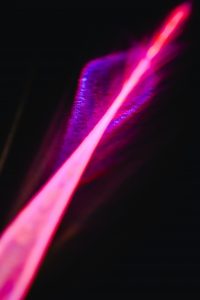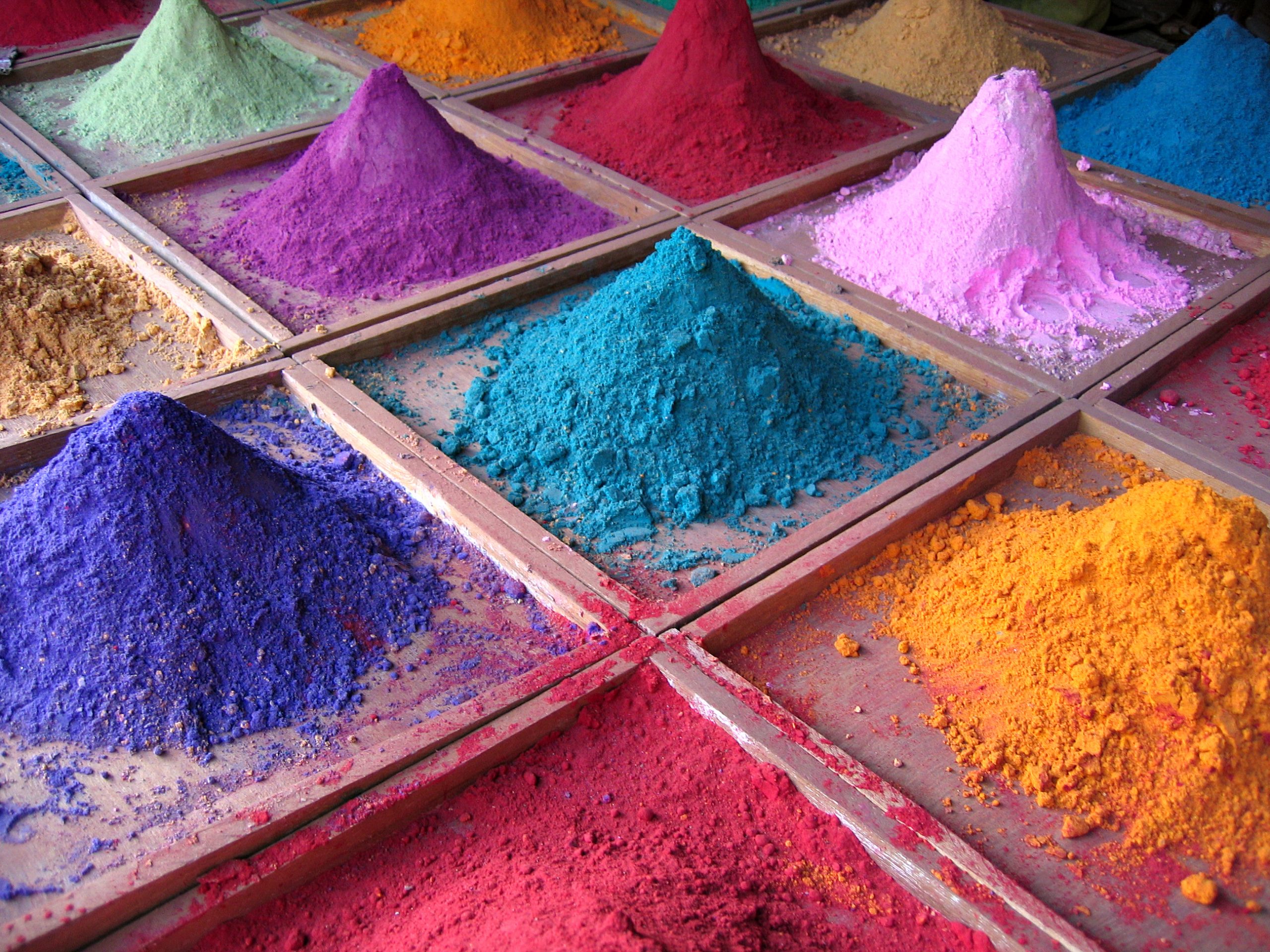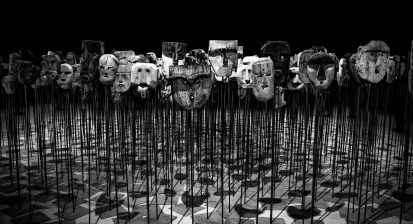AUTHOR’S CORNER
Shining light on art
SHARE
Raman spectroscopy can be used to detect art forgeries, to conserve artwork and to understand better the history of art.
The method is based on inelastic scattering of light meaning that the frequency of the incident light is different compared with the frequency of the scattered light. When the light of a certain frequency (laser light) is incident on a surface, it is possible to be scattered with different frequencies and intensities that are related to the properties of the incidence surface that we study. This information can be recorded in a Raman spectrum, which is unique for each material.
Raman spectroscopy can be applied on the surface of artefacts (painting, jewellery, sculpture, ceramics, etc.) to identify pigments and materials used in the understudy artwork. Having databases of colours and materials used during different periods, at different locations and by different artists, we can travel in time and answer challenging questions. In which cases could this information be useful though?

- Detection of art forgeries
It’s common for artworks to be stolen or forged, making essential the detection of their authenticity. With Raman spectroscopy it is possible to study the composition of the artwork and, thanks to the existing databases, to associate the used materials with particular artists, the geographical location and the historical time range. In this way, it is possible to shed light on the authenticity of the artwork.
- Preservation and conservation of artwork
Raman spectroscopy provides something analogous to a time travel scenario, where we could discuss with the artist the pigments and special techniques used to create the artwork. Having this information, restoring it can be very efficient and non-invasive, respecting the initial choices of the artists. In addition, each pigment has its own properties: it can be sensitive to certain conditions of temperature, pressure and light exposure, something that has to be taken into account for optimal preservation in time.
- Enrichment of our historical knowledge
Analyzing an artwork with Raman spectroscopy can give answers regarding knowledge of special techniques used by different civilisations in the course of time, and about their evolution through the development of these techniques. In addition, common techniques between individual nations can reveal a possible connection between them, such as trade.
Why is Raman spectroscopy such a good tool to study arts?
A very crucial factor is that it is a non-corrupting method. This means that there is no corruption of the artwork and that other complementary methods can be applied after Raman spectroscopy, as there is no deterioration of the surface. In addition, the Raman spectrum is unique for each pigment and acts as its fingerprint. Finally, small areas can be studied in the order of μm2, which is even smaller than one pixel of a typical computer screen. This plays an important role in studying the details of the artwork.
Sources: 1. Can Raman microscopy reveal art forgeries? 2. Raman and x-Ray Fluorescence Spectroscopy Data Fusin for Identification of Pigments in Works of Art

RELATED ARTICLES

Lyrical Galaxies
Inspiration from the Universe

HOW THEATRE MADE ME A BETTER RESEARCHER, Part I
Public speaking and creativity

Archive
Find all our past articles chronologically organized in our archive.
CONTACT US
____________
greekwomeninstem@gmail.com
Do you have ideas, questions, comments or special requests?
Would you like to highlight your research project or nominate a researcher that you would like to learn more about?
Please write to our email or fill out the form and hit “send”. We will be happy to talk with you!
[contact-form-7 id=”44″ title=”Contact form 1″]

